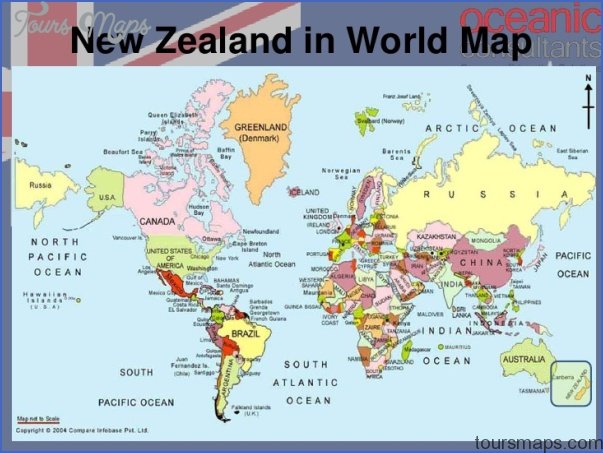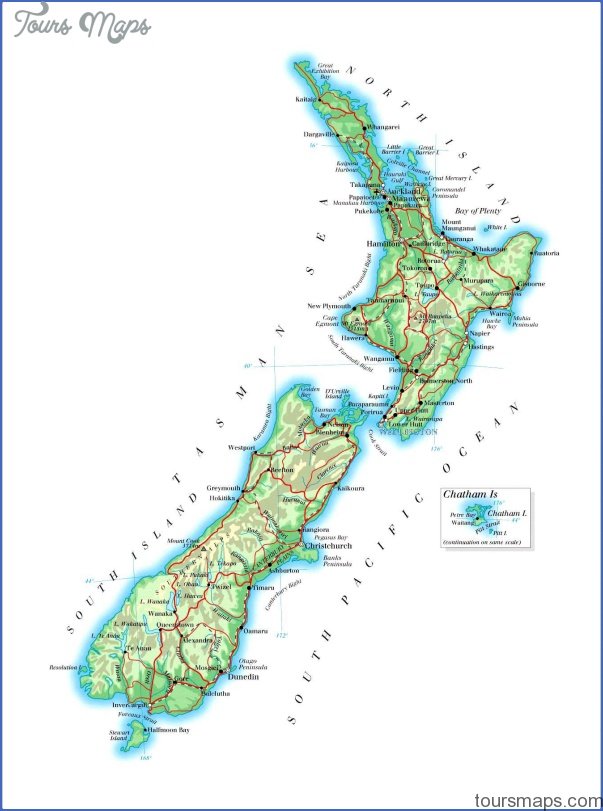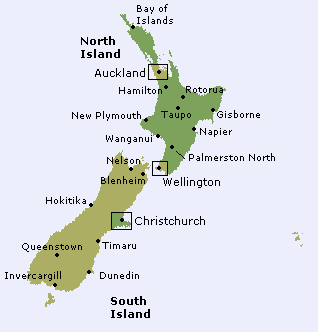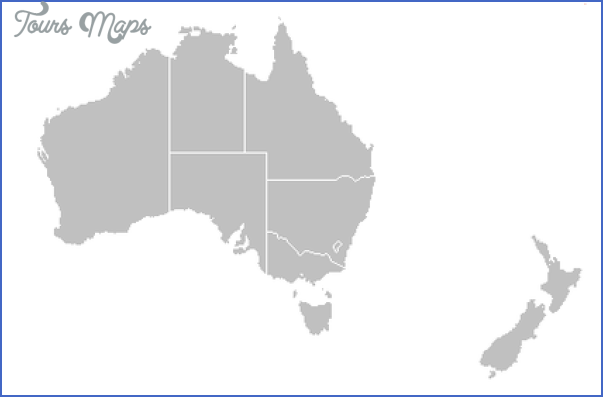Category: Blog
Natural environments in cultural terms By tying environmental characteristics such as slopes, soils or geology to the quality of wines, oversimplified explanations of successful wine regions underestimate the critical …
A decade later in 1990, the vine pull of 1986 had seen almost 200 hectares of Muller Thurgau removed in Gisborne, but with 457 hectares remaining (including some new …
Strike Photography Grape growers, vine varieties, and wine enterprises Does the New Zealand organisation of the filiere (which is the same as in many ‘New World’ wine countries) make …
Viticultural imperatives in cool climates Too cold can be as troublesome as too hot. Given New Zealand’s cool climate, getting the grapes physiologically ripe with aromas and flavours that …
Managing a variable climate Although the average conditions described in these maps are a useful indication of where different varieties of grapes might be grown, they are not sufficient …
Why Gisborne? A small winegrowing industry already existed in Poverty Bay in the late 1950s, with the Chitty, Wohnsiedler and Zame holdings being the largest, although the total area …
Gisborne or Poverty Bay? I saw this wee ad in the paper. It said ‘Wanted to buy – grapes’. So I got on the phone very nervously… it was …
In the fifteen years since New Zealand winegrowing had begun to stir, some inklings of its future are apparent. Gisborne (Poverty Bay) stands out as having the highest proportion …
Winemaker initiatives and scientific developments Two developments in winemaking and viticulture helped change the attitudes within the industry and among the wine-buying public. From the mid-1970s a series of …
Hoar frost on the vines at Akarua’s Cairnmuir Road vineyard in Central Otago. Akarua Winery, Central Otago rock-crushing machines alter the soil profile and even the subsoil to make …










